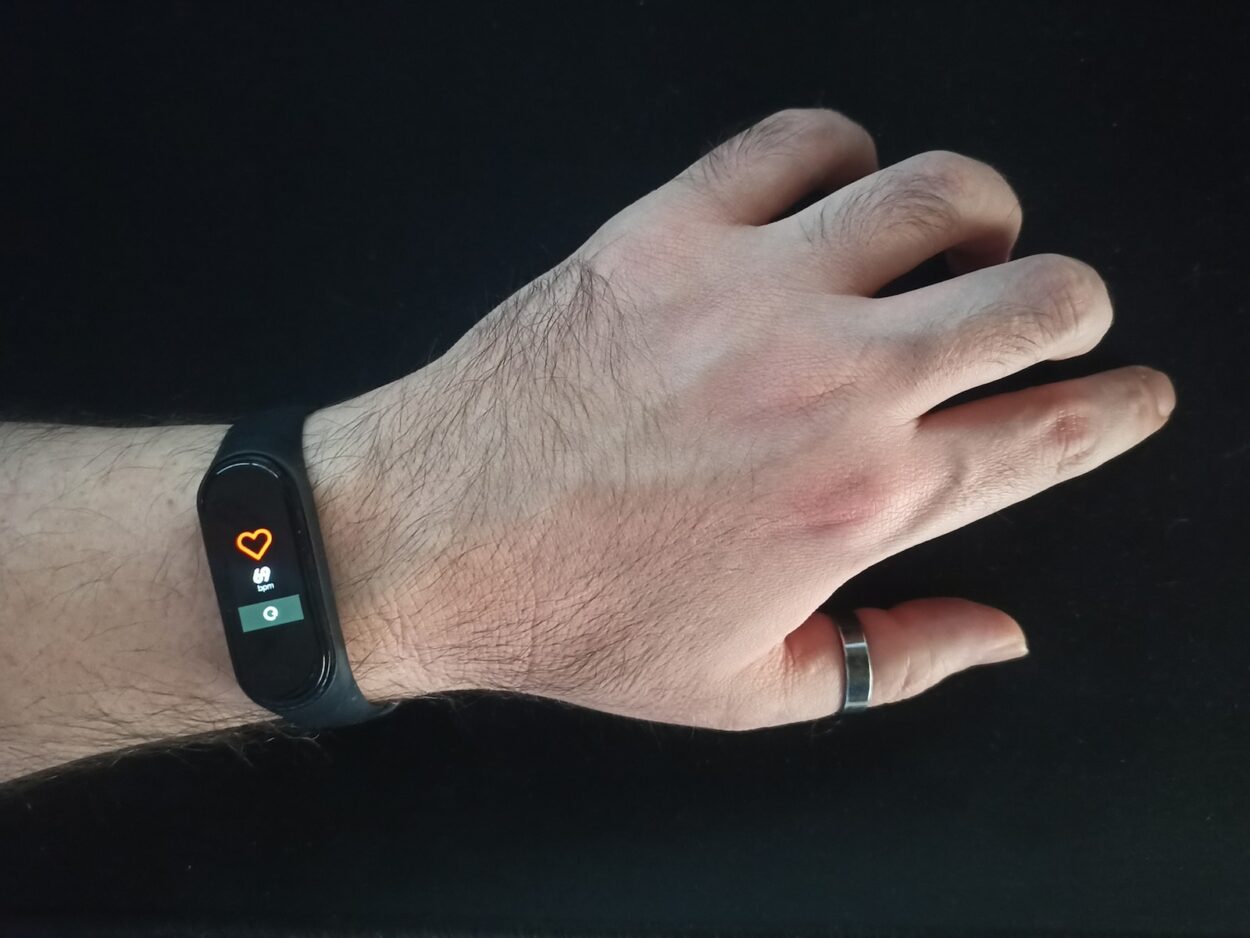Over the past four decades, heart rate has become a standard tool for measuring emotional arousal in a variety of contexts. This measurement allows researchers to examine how social interactions affect individual behavior.
For example, women with low heart rate variability, which is a measure of the time that passes between heartbeats, have a harder time getting aroused and experience sexual dysfunction.
Arousal Increases Heart Rate
Heart rate is a key factor in emotional arousal. When a person is excited, their heart rate increases and they get tense and anxious. Their breathing also speeds up. People experience this arousal during many different situations, such as having sex or going on a date. Arousal is a normal and healthy part of human emotions. However, it can be dangerous if it goes too high. For example, if you are a competitive athlete, your arousal level must be balanced with your ability to perform well. Too low, and you won’t be able to compete, too high, and you may make critical mistakes.
Arousal levels in non-human animals are important for several areas of evolutionary biology, including research into social behaviour and animal cognition. Measuring heart rate provides an instant proxy for the activation of the autonomic nervous system and is a useful tool to assess individual responses to challenges in the environment.
It has been found that heart rate variability is a highly sensitive indicator of the balance between the parasympathetic and sympathetic branches of the nervous system and can be used to identify stress in wild animals. For instance, increased heart rate variability has been correlated with snorting in horses, Capra hircus, and ear posture in dairy cows, Bos taurus. In addition, measuring heart rate variability is cheaper and more convenient than other methods of assessing the physiological stress response, such as monitoring glucocorticoid levels in faeces.
Arousal Increases Blood Pressure
The harder your heart beats, the greater the pressure on your artery walls, which is measured by blood pressure. This is why it’s important to maintain a healthy, normal heart rate. The higher your blood pressure is, the greater your risk for cardiovascular diseases such as heart attack and stroke.
For example, if you walk in the woods and see a rattlesnake on the ground, your physiology changes to provide you with information about the situation (cognition). Your brain tells you that there is a threat, which makes your heart rate increase. Your heightened arousal also increases the amount of adrenaline you release, which helps to protect you from danger.
While having sex, your heart rate and blood pressure rise to a peak during orgasm, but they then descend back to a normal level. Research has shown that sex can raise your heart rate by about 130 beats per minute and your systolic pressure to around 170 mm Hg, which isn’t a dangerous level even for people with high blood pressure.
Your heart rate variability — the amount of variation in the lengths of time between each of your heartbeats — may offer clues to how easy or difficult it is for you to become sexually aroused, according to new research. Having a low HRV may be associated with poor sexual function, while having a high HRV is associated with better performance.
Arousal Increases Blood Sugar
As a person becomes aroused, blood glucose levels increase. This is because peripheral epinephrine increases the blood’s supply of glucose. Glucose is used for energy by the brain and body cells. It is necessary for human metabolism, and low blood sugar can cause serious medical conditions. A low blood glucose level can also lead to coma and death. Blood glucose levels should be checked regularly to ensure that they remain within the normal range.
Arousal and heart rate both rise during sexual activity and masturbation, reaching their peak during orgasm. However, they quickly descend to their normal values after orgasm. Arousal and heart rate are not dangerous, even if they reach unhealthy levels.
The arousal and heart rate increase during sex is due to an imbalance of the sympathetic and parasympathetic nervous system. This balance can be influenced by mindfulness-based interventions that teach people how to control their nervous system. In addition, reducing stress can also improve female sexual function by increasing the body’s ability to respond to emotional cues.
Another important factor in female sexual arousal is the level of variability in the time intervals between heart beats. Low resting heart rate variability has been associated with mental health disorders that are characterized by an autonomic imbalance, such as depression and anxiety. Therefore, this measure may be useful in identifying women who would benefit from intervention to promote arousal and libido.
Arousal Increases Blood Oxygen Levels
In addition to increasing blood pressure and heart rate, arousal increases the level of oxygen in your body. This is because your heart and blood vessels work harder to provide enough oxygen to your body when you’re aroused. This is why you feel more breathless during sex and why you might find it difficult to take deep breaths when you’re sexually aroused.
In a new study, researchers at the University of Texas measured 72 women’s heart rate variability (the time between each heartbeat) while they watched a neutral film clip and an erotic video. They found that women with lower than average HRV were more likely to have sexual arousal dysfunction and overall sexual function problems than those with higher than average HRV.
This study suggests that a woman’s ability to regulate her physiological arousal is related to her emotional regulation and her capacity to process emotions. It’s also associated with her ability to use arousal as a means of avoiding or responding to stress and anxiety.
Athletes who struggle with under arousal can often make poor decisions in their sport, which is why they’re coached to perform to the level of arousal that they are comfortable with. Athletes who over arouse, on the other hand, can sometimes choke and underperform due to too much excitement and adrenaline in their system.




Leave a Comment